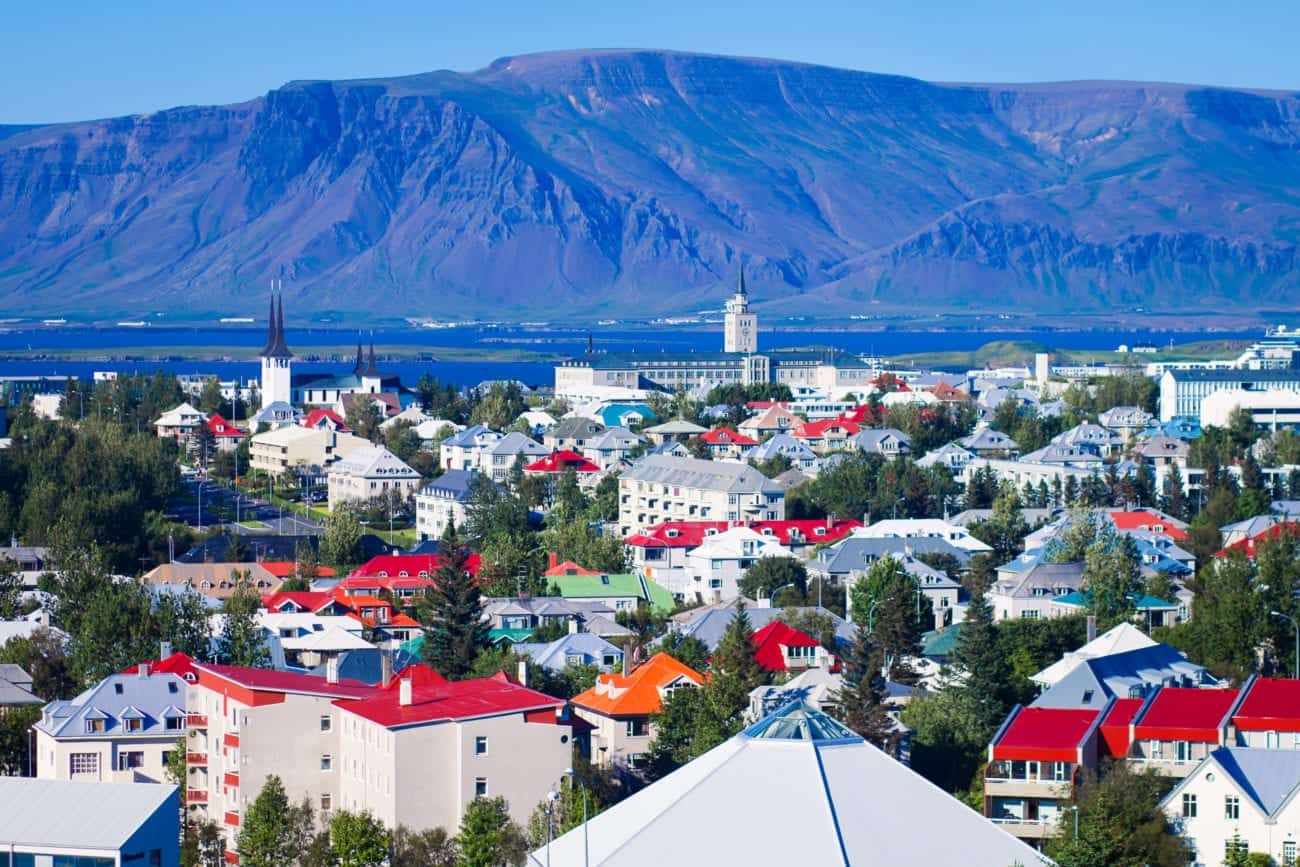Weather in Iceland by Months | Handy Travel Tips
Updated in May 2022
When you hear about a country named after ice you will probably think freezing temperatures and snowy landscapes, but the truth is Iceland is actually quite warm. Or, at least warmer than you might expect, especially when considering its proximity to the Arctic.
The winters in Iceland usually have temperatures hovering around 0°c (32°F), which is really nothing compared to the temperatures in other northern countries. Still, the country is one of the absolute best places to see the northern lights in the world! The lights, which are also known as the aurora borealis, are even known to appear in more colors in Iceland than in other places. So Iceland has both warmer temperatures and better lights … it’s no wonder people are coming from all over the world to visit!
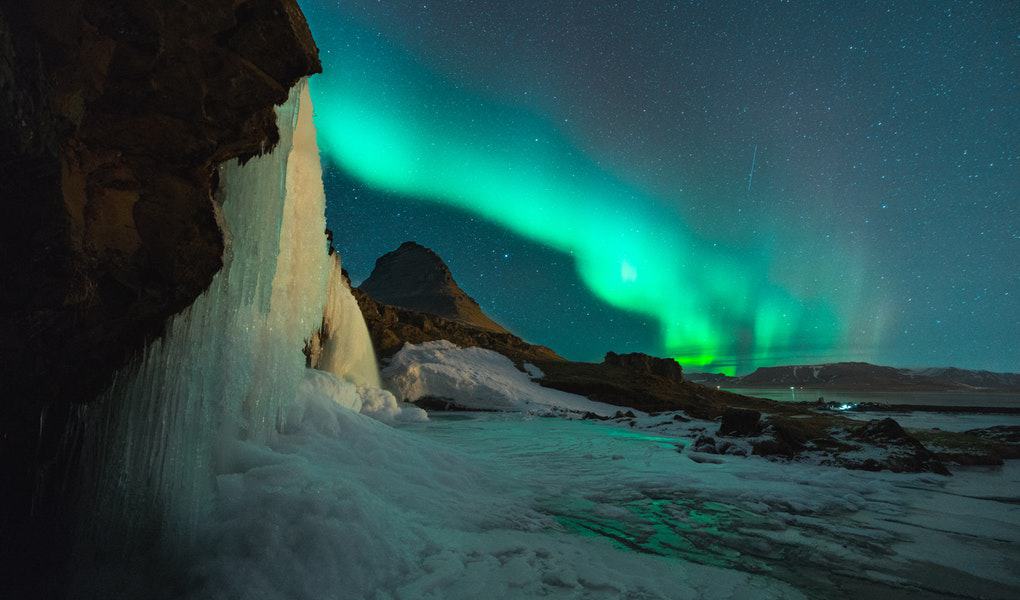
Contrary to the dark winter nights which bring us the dazzling northern lights, the summer nights are bright. Summer is the time of the midnight sun, a phenomenon which many associate with Iceland – and rightly so. From late May until early August each day’s amount of light is remarkable, and that alone is a perfect reason to visit. During these summer months, you can expect between 16 to 21 hours of daylight, and the sun barely seems to set! Summer temperatures are not high, but they are excellent for outdoor activities. The amount of sunlight makes each day seem much longer, giving you excellent opportunities to spend your evenings doing as many activities as as you would during the daytime.

The variety of weather in Iceland is considerable, and Icelanders often say that there are only two seasons. We have summer and we have winter. The spring and fall tend to last only about a week, it seems. To help you prepare for the weather during the month you are visiting, we have categorized the weather by months. Here it goes!
Icelandic Weather in January
The average temperature in January in Iceland is between -3°C and +2°C (27°-35° Fahrenheit). If you visit during this time you will have about 4,5-7 hours of daylight. January is famous for being a great month to see the Northern Lights and is, therefore, an excellent time to visit Iceland. Nevertheless, January is one of Iceland’s coldest months and calls for thick coats, wool clothes, hats and gloves!
You can expect snow and frost, something you will want to keep in mind both when planning what to wear and where to drive. If you have never driven in snow before, we suggest taking guided tours instead. Then you can simply relax and not have to stress about driving on unstable roads. Plus the guides are excellent and you’ll pick up some interesting facts during your tour.
Pro Tip: Surprisingly, sunglasses are quite necessary in January! The sun is low in the sky at this time of the year, meaning you’ll get light shining directly in your eyes.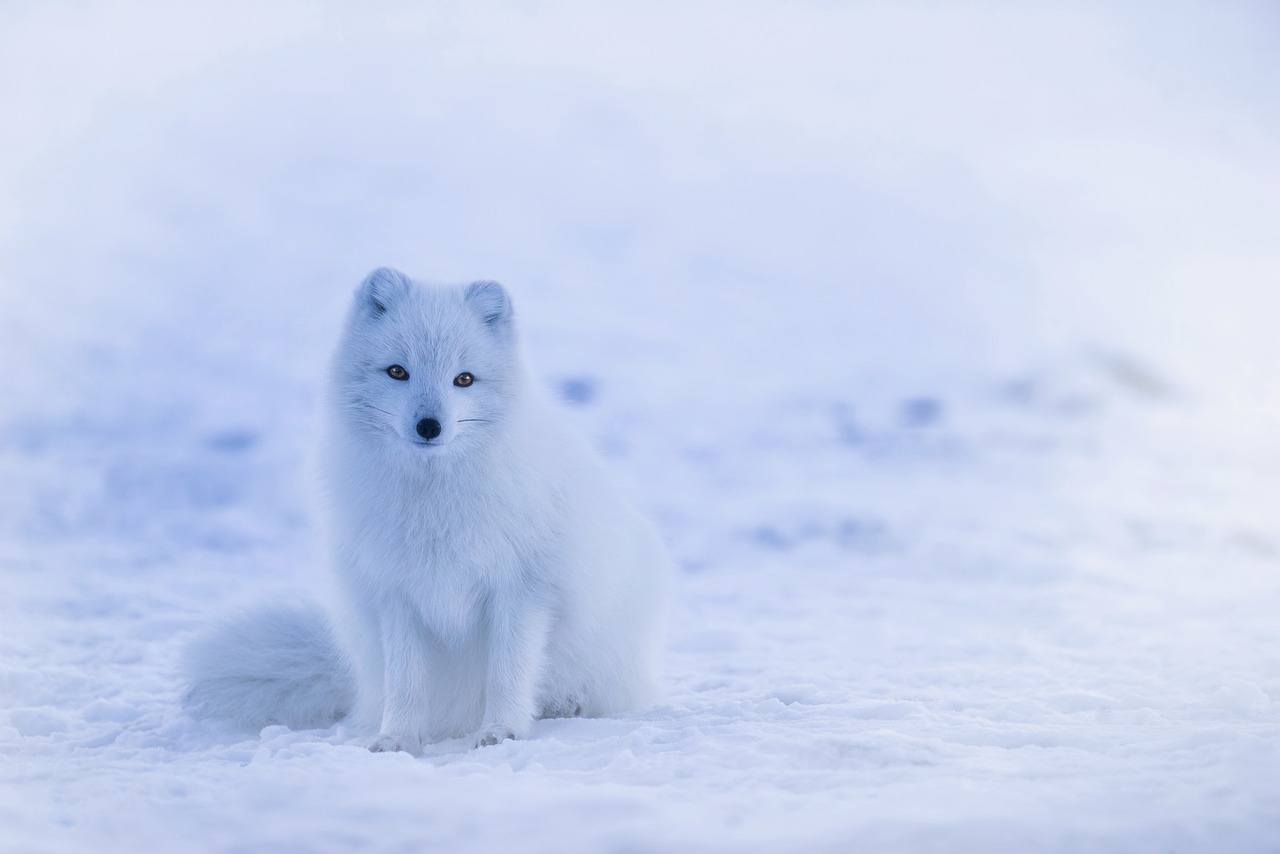
Icelandic Weather in February
The average temperature during February in Iceland is between -3°C and +3°C (26°-34° Fahrenheit) and brings us about 7-10 hours of daylight. Most months have rapidly changing conditions when it comes to weather in Iceland, and February is perhaps the most unpredictable month. Prepare for snow, rain, sleet, and, of course, sunshine when packing for your travels – often in one day! Bring a good coat for the night, as February is known to bring some of the best Northern Lights shows.
Pro Tip: If you are planning a road trip, the roads might be icy. Before you hit the road each day, check the road conditions at road.is.
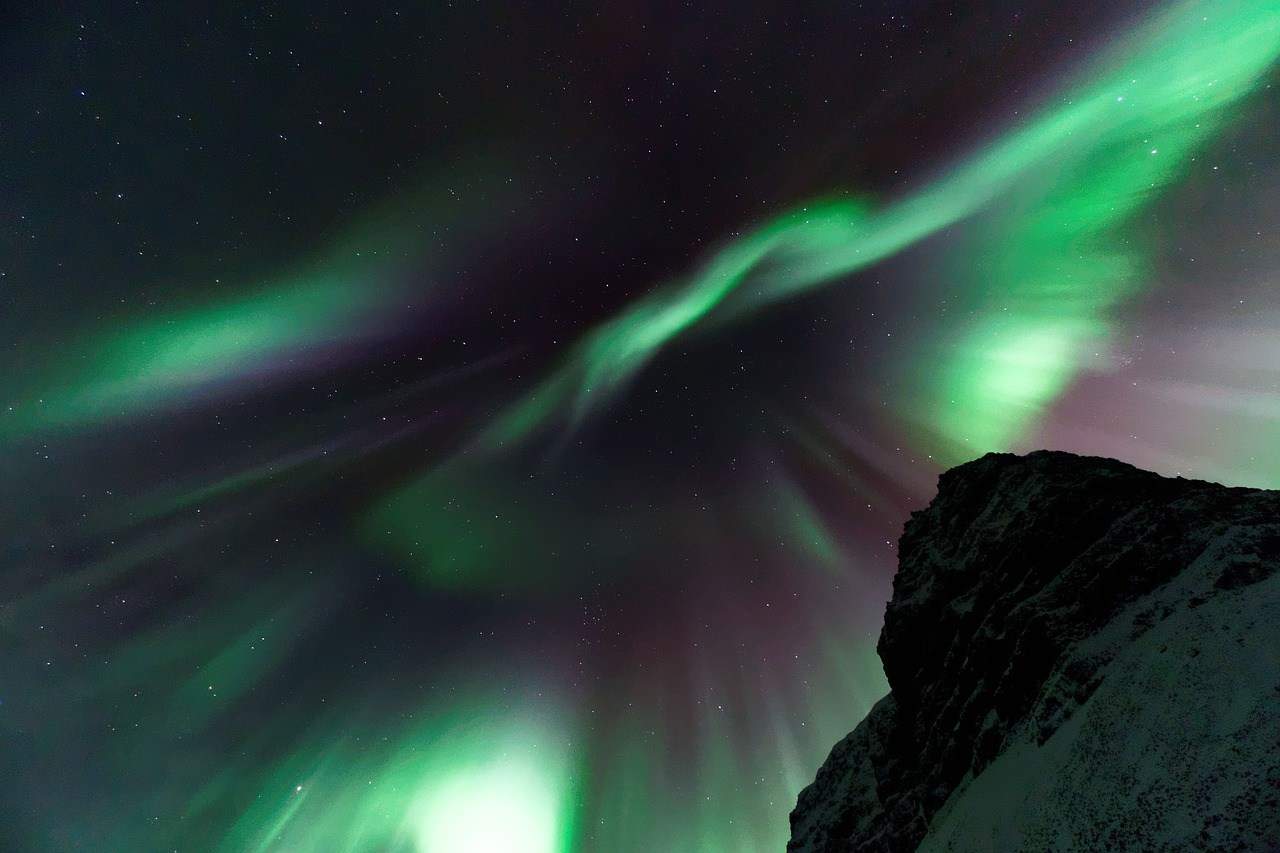
Icelandic Weather in March
In March, the average temperature is between -2°C and 3.3°C (about 28° to 38° Fahrenheit), and the daylight about 10-13 hours. The amount of sunlight each day increases rapidly in March. It is an amazing month to visit Iceland. You’ll get to enjoy all the perks of visiting in mid-winter yet you are also will have higher temperatures. March often brings some beautiful sunsets and sunrises, the Ice Caves are in top shape, and you can still see strong Auroras!
The variety of weather in March is great, so when you are packing clothes bring a little bit of everything. (Well, you can probably leave your shorts at home.) Bring clothing that can be worn in layers so you can easily adjust to whatever the Icelandic weather gods throw at you.
Pro Tip: March is a month many Icelanders like to spend skiing, so pack gear for the slopes if that is your thing! Ski areas like Hlidarfjall in North Iceland and the Blue Mountains near Reykjavik are both recommended.

Icelandic Weather in April
The average temperature is between 1°C and 7°C (about 34°- 45° Fahrenheit), and April brings about 13-16 hours of daylight. If there ever was a month linked with spring in Iceland, April would be it. Here the average temperatures are finally not below the freezing mark. The weather is often quite mild, so Icelanders go quite overboard as they do with many things and celebrate the official First Day of Summer, solemnly. They might be wearing wool right under their festive summer outfit, but they will still wear one. Nonetheless, you can almost be certain not to come across any snow during April. Unless, of course, you travel to the northern parts of the country or into the highlands.
Pro Tip: April is a still considered off-season, so the prices are usually lower. It’s is the perfect month for someone wanting to visit Iceland on a budget!

Icelandic Weather in May
The average temperature is between 4°C and 10°C (about 40°- 50° Fahrenheit), and May gives us about 16-20 hours of daylight. By the end of the month there is almost 24-hours of daylight. May is the month when we start to see the first real signs of summer: the trees start to leaf again, the grass gets fully green and the little lambs, foals and calves frolic around the fields. Moreover the weather forecast often shows us some double digits. We Icelanders typically welcome the warmer weather with a BBQ or two!
Pro Tip: May can be a bit rainy, so keep that in mind when you pack your bags.
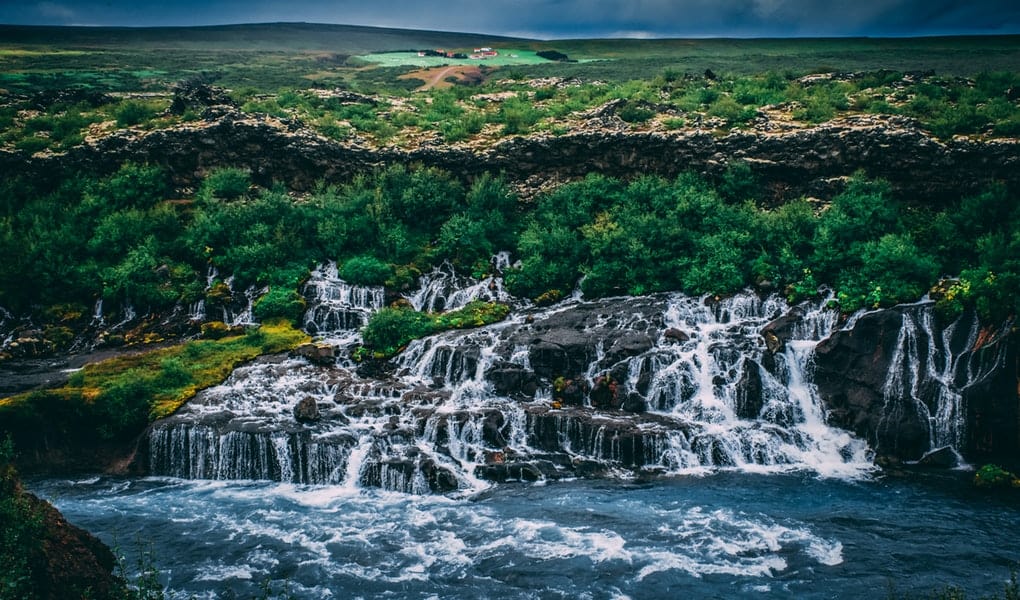
Icelandic Weather in June
The average temperature in June in Iceland is between 9°C and 15°C (about 48°-59° Fahrenheit) with an outstanding average of 20-21 hours of daylight. June is the month most famous for the midnight sun and truly a great time to visit Iceland. The sun will never fully set, and the surrounding nature is brilliantly green and gorgeous. It can get quite warm which will result in locals sporting shorts and T-shirts, just toughing it out when they get goosebumps.
The highest recorded temperature in Iceland was on the 22nd of June 1939, it was documented to have been 30,5 °C (87°F). June can still bring a few rainy days, so make sure to be prepared clothing-wise.
Pro Tip: June is the month for hot spring bathing and staying up late to enjoy the Midnight Sun!
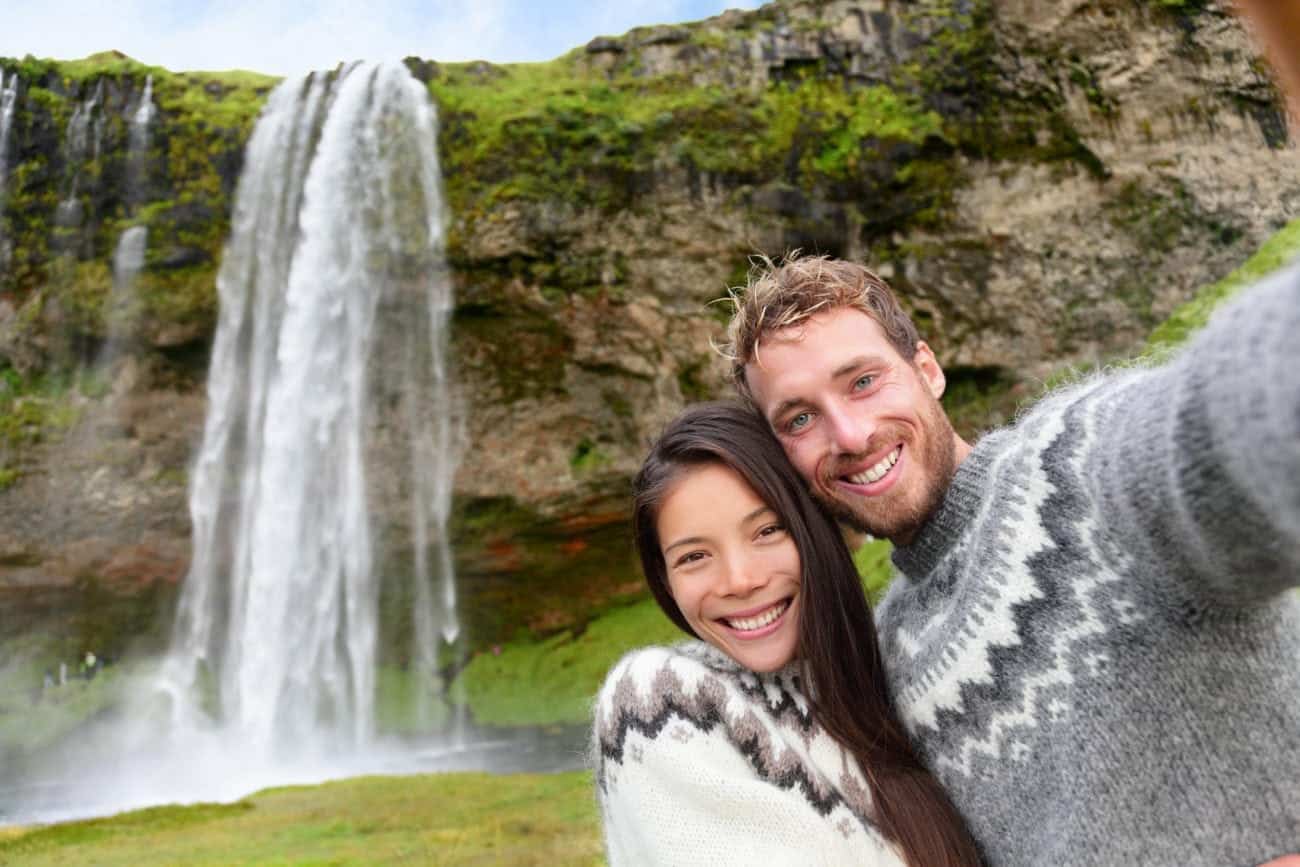
Icelandic Weather in July
The average temperature for Iceland in July is between 10°C and 15°C (about 50°-59° Fahrenheit) and can bring us about 18 hours of daylight (less by the end of the month). July is known as the hottest month in Iceland and one of the more popular months to visit. This is the month you will see people wearing shorts paired with a PrimaLoft® jacket and a hat. It might seem an unusual combination at first, but it works perfectly on an Icelandic summer day when the North Atlantic breeze sneaks up on you. Out of all the months, July is the least likely to bring rain, still windproof is advised. And keep a rain coat handy, just in case.
Pro Tip: The beautiful sunsets in July are other-worldly – make sure to stay up late to to catch at least one!

Icelandic Weather in August
The average temperature is between 8°C and 13°C (about 46°- 55° Fahrenheit), and you will see a drastic change in the hours of daylight going from 18 hours to only 14 by the end of the month.
The North and the Eastern parts of Iceland are known to be exceptionally warm during August, so you might want to look into doing a Ring Road trip or just focusing on these beautiful areas of the country. August is the last month out of the summer months where you will feel any real warmth, so be sure to make use of it. It is the best month for joining a guided trek in the Icelandic highlands. You’ll get all the advantages of traveling in summer but might also catch the first glimpse of the Northern Lights, especially those traveling late in the month.
Pro Tip: Dress in layers, the nights will start getting chilly
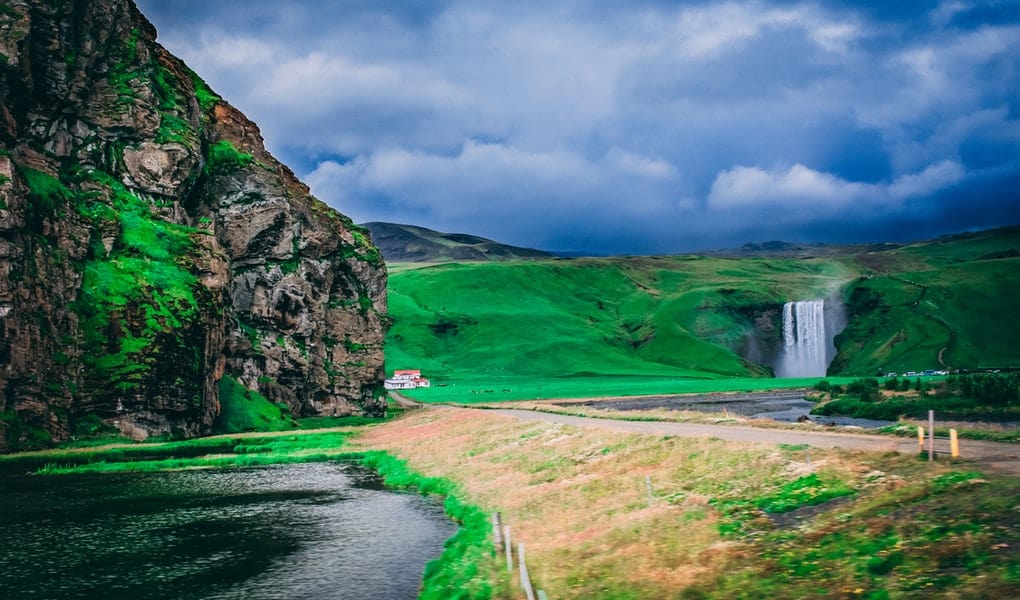
Icelandic Weather in September
The average temperature in Iceland in September is between 5°C and 10°C (about 41°- 50° Fahrenheit). You will experience about 14 hours of daylight at the beginning of the month, but it shortens briskly throughout the month and is only around 11 hours in the end. September is the month Icelanders get really thankful for the Gulf stream, as it brings us warm winds from Southern America. This natural heat source makes really helps to lengthen the summer into September. The month often brings rain and winds so you will want to pack accordingly. Luckily, the fall colors make you forget all about it. This is the month for some excellent photography!
Pro Tip: a scarf and some gloves can go a long way, make sure to pack them!
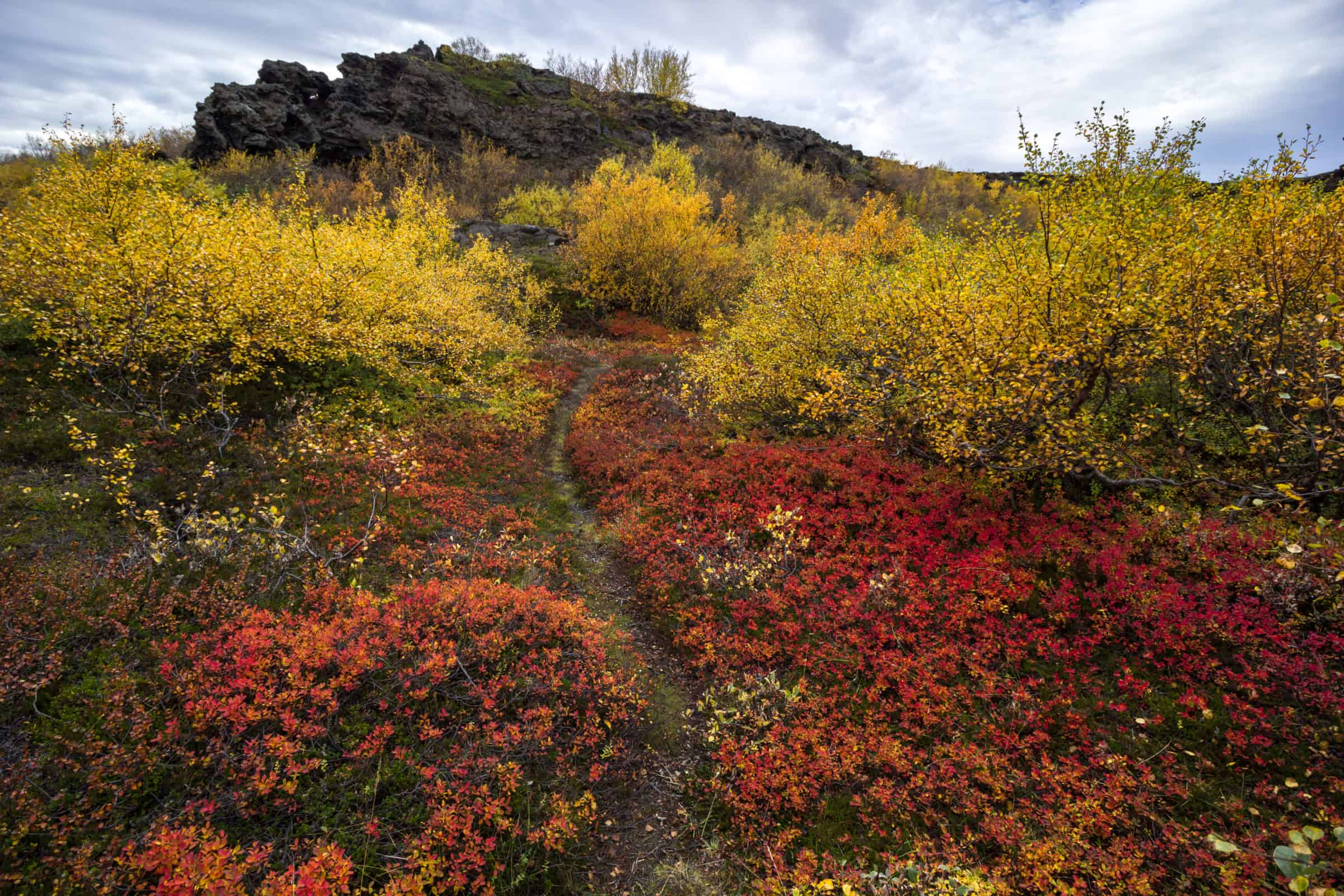
Icelandic Weather in October
The average temperature is between 2°C and 7°C (about 36°-44° Fahrenheit), and October in Iceland brings us about 8-11 hours of daylight. October is the month we start seeing some single digit temperatures again, which are often followed by some heavy rain. Despite this, October continues to be a month people love to visit Iceland in. This is partially due to the Northern Lights, and the fall colors. Many visitors enjoy October for the cozy times at local cafés. Icelanders celebrate the first day of winter in late October. Even so, you aren’t likely to see any snow until next month, especially not in Reykjavik.
Pro Tip: Umbrellas are useless in Iceland, it is too windy! Pack the raincoat instead.
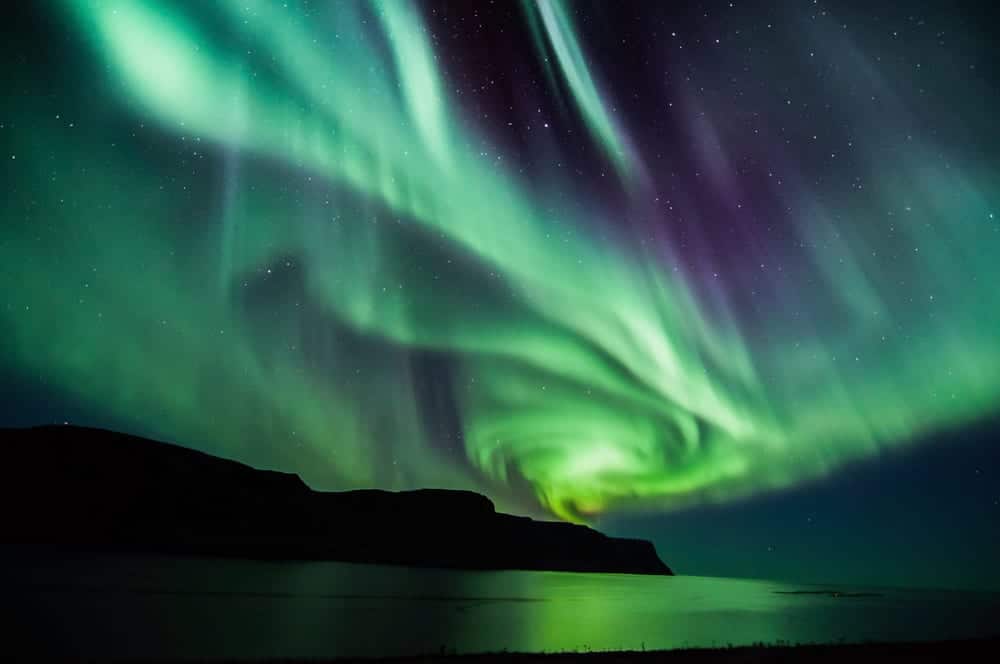
Icelandic Weather in November
The average temperature is between -1°C and 3°C (about 30°-38° Fahrenheit), and the month of November will bring us about 8 hours of daylight at the beginning but be down to 5 hours by the end. November is one of the more erratic months for weather, and sometimes it seems that the weather will simply not make up its mind. This is something you might want to remember when packing. Dress in layers and make sure to bring both woolens and waterproofs. Furthermore, the roads can be quite hazardous and slippery. So if you have a rental car, make sure to check the road conditions each morning before heading out.
Pro Tip: November can be the perfect month to visit Iceland if you dress warm enough!

Icelandic Weather in December
The average temperature is between -3°C and 2°C (about 27°-36° Fahrenheit) with very limited daylight of only about 4-5 hours. December is considered the darkest month of the year. It often brings the first significant snowfalls, and roads will repeatedly get covered with snow and ice. This is especially more true for the locations further away from the capital. Reykjavik tends to have milder weather this month. December in Iceland equals an excellent time for ice caves, outdoor fun and Northern Lights!
Pro Tip: For packing, think warm, layers and thick socks. Some sturdy boots will also go a long way!
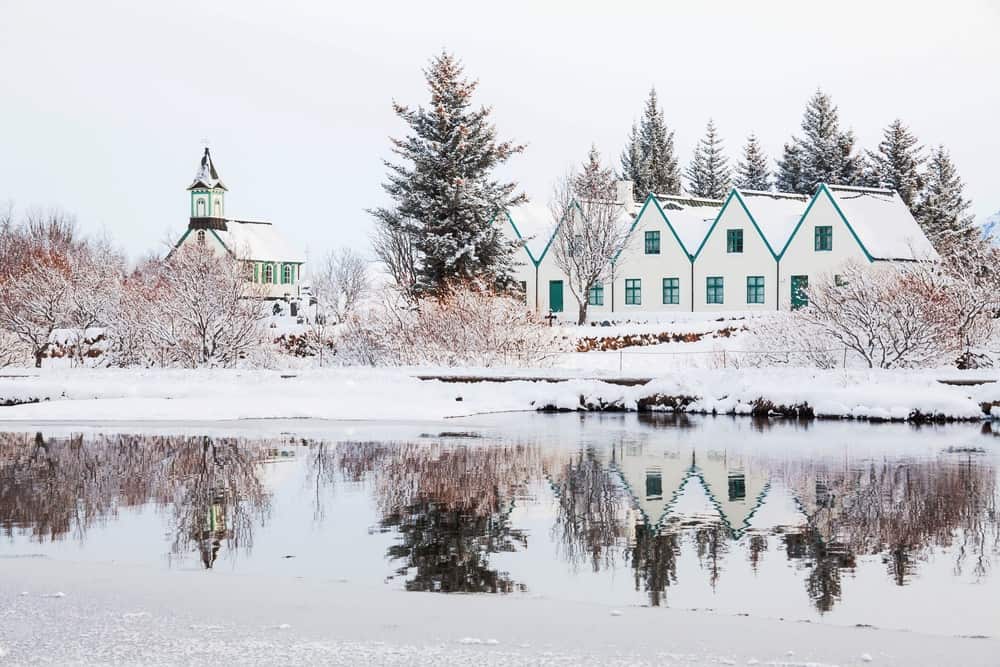
Weather in Reykjavik
Reykjavik, Iceland’s capital, is located in Iceland’s southwest corner. Because of its location, the weather is milder than in the North of Iceland or the Westfjords.
The city can be a bit rainy and oftentimes windy but, surprisingly, this is what many visitors find to be one of the charms of the capital.
Reykjavik has one of Iceland’s farthest locations from the Arctic Circle. Because of this, the temperatures are higher than many other areas of the country. Add in a little help from the Gulf Stream and Reykjavik‘s climate becomes very pleasant. The highest temperature recorded in Reykjavik was on the 9th of July in 1976 when it reached 24,3 °C (76°F) The lowest was on the 21st of January in 1918 when it was reported at -23,5°C (-10°F).
